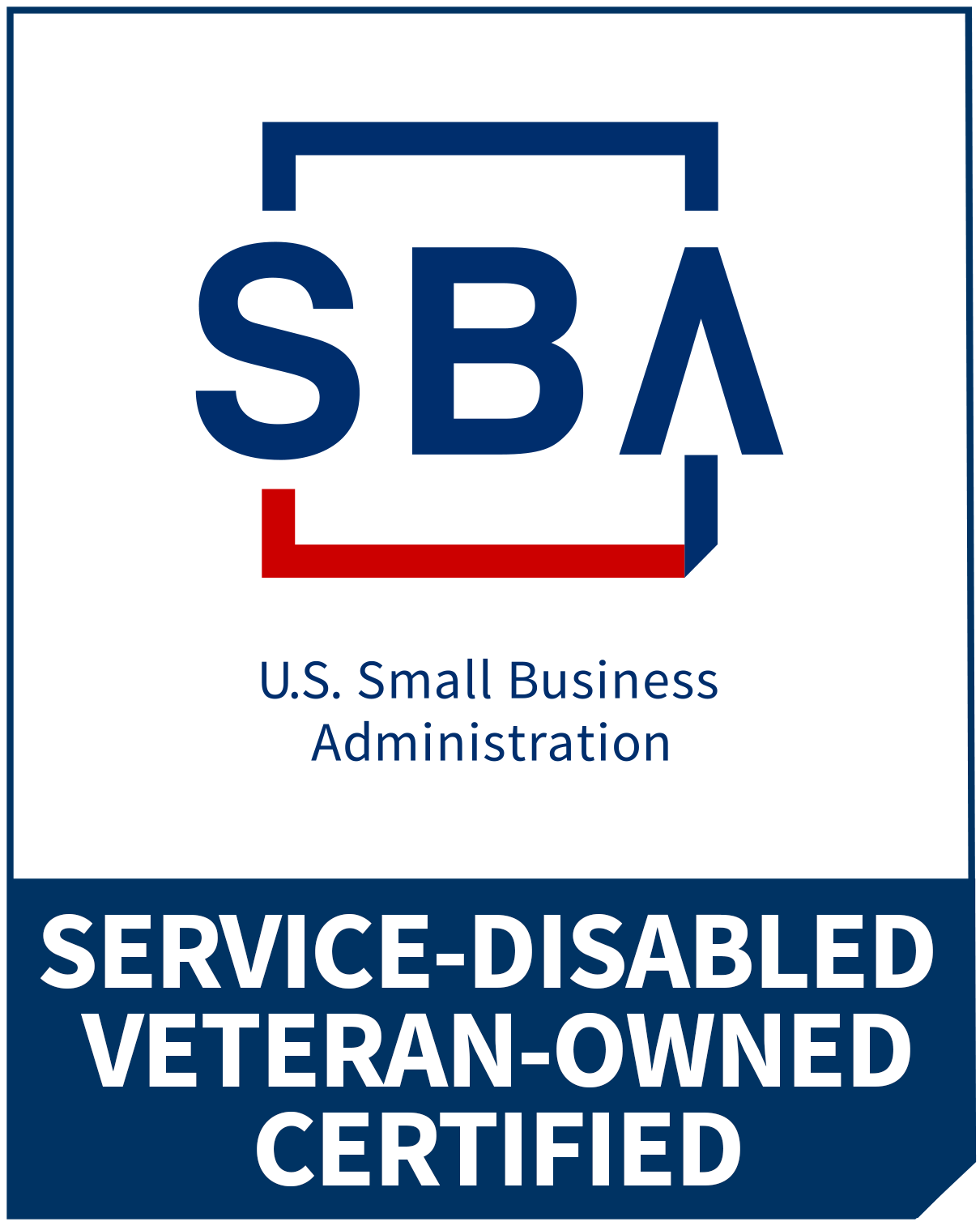If you manufacture widgets, you may have market dominance based on being super-duper great at making widgets. Perhaps you’ve got a niche in a particular type of widget or a certain feature. Likewise, if you’re a service provider and you have perfected a certain sort of experience in delivering that service to your market, you’re likely in a very comfortable position because when people want not just the service you provide, but want it in the way you provide it specifically, they know you’re the one to deliver. In either instance, however commoditized your product or service has become, you’ve differentiated yourself (and so have become very competent in that differentiated experience) enough that within the world of what you sell, how you deliver yours is what you’re known for…business comes to you from people who want it like you do it. And to put a finer point on it, lots of business doesn’t come to you (because other players in your field offer these things with a different touch that you don’t care to provide), and that’s cool too.
Wise players in certain lines of business own several different brands that can appeal to various tastes: Nissan owns Infiniti, for example; and the InterContinental Hotels Group (IHG) includes brands ranging from Kimpton and Crowne Plaza to Holiday Inn Express and Staybridge Suites. Smart leaders in these organizations will maintain overarching corporate principles and values, but leave the branding (and fulfillment of the distinct Brand Promises) to each of their subsidiaries to best leverage their respective niches.
In any of these instances (and many others besides), great brands live out those Brand Promises and provide just the right sort of delivery of their primary product or service. In fact, within the four walls of those organizations, even that becomes commoditized. Manufacturers of products who promise value will design and produce those items with low cost in mind. Service providers whose Brand Promise is to offer luxury ensure their Customers feel special whenever they receive service. Competence in coming through with that Brand Promise in the course of the main business of the organization becomes expected and routine. Frankly, it becomes its own skill, routine, and it’s expected whenever we, as Customers, deal with these brands.
But here’s the hitch: That Brand Promise isn’t totally fulfilled if it’s only delivered when dealing directly with the product or service that’s the brand’s main focus.
If that widget-maker who’s promising value in its brand keeps the costs of manufacturing down and margins narrow enough to pass along those savings to the Customer, that’s awesome. Great job. But if the means by which they deliver their product to their Customers are expensive (especially compared to their competitors), they’ve missed an opportunity for a huge win. Your Brand Promise must run through the entire experience your Customers have with your brand. If you squeeze out all the waste and excess resource use and cost in your manufacturing process, in this instance, but don’t spend the time and effort needed to ensure that, once it’s built, packaged, and ordered, that your product finds the most cost-efficient way into the hands of your Customers, the last impression your Customers will have is that you missed in delivering that Brand Promise…and that’s regardless of whether it’s your fault, or the fault of your shipper.
On the other hand, for example, if the Brand Promise for your service business is luxury, as I mentioned above, you’re likely to pull out all the stops when it comes to how you interact with your Customers and deliver that experience. But if your service includes providing goods to your Customers in the process of servicing them, you’d better be using top-of-the-line third-party vendors and partners, too.
If you’ve ever had a Customer Experience ruined by a support experience, there’s a lesson to be learned there too. Your awesome, Brand-Promise-delivering product isn’t the thing your Customers are going to remember if the support side of your business doesn’t also come through when it’s needed. And let’s keep in mind that we live in an imperfect world and that that support experience is always and inevitably going to happen for some of your Customers. Make sure it’s also part of the larger CX dedication to your Brand Promise, whether it’s a promise of luxury, ease-of-use, low-cost, or anything else.
The bottom line to remember is that, while you think you’ve got your Brand Promise nailed through either the product or service (or perhaps both) you’re primarily delivering to your Customers as a matter of your own competence, don’t forget that experiences with your brand are an entire world unto themselves, and every way in which your Customers are impacted is going to drive that Brand Alignment impression—for the good or the bad.




